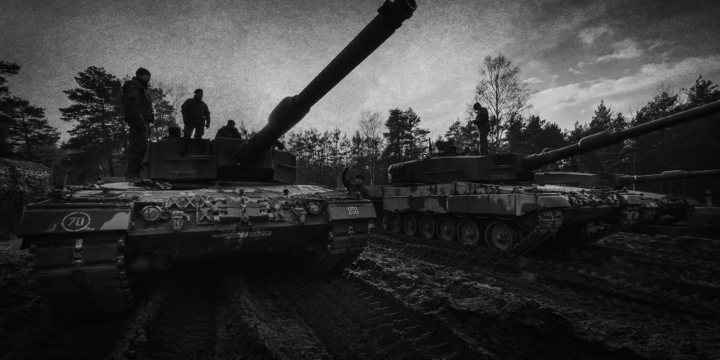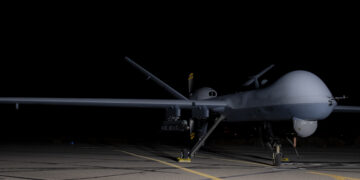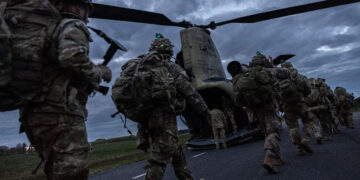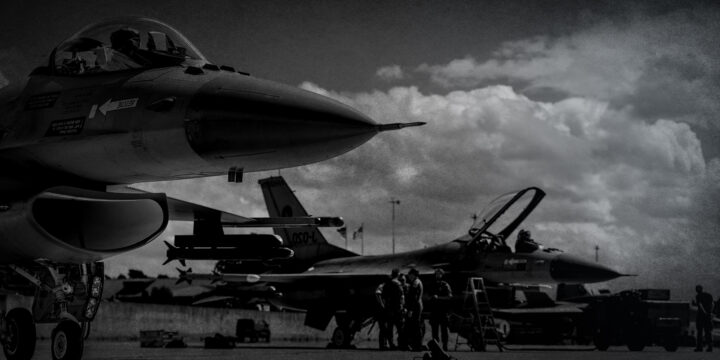November 7, 2024
A decision framework for Ukraine military aid
A defensive framework for evaluating military aid
Since 2022, the United States has sent Ukraine almost $60 billion in weapons to support its war against Russian aggression. Yet well over two years into the conflict, decisions about how to allocate this aid still seem ad hoc. If the United States is going to continue to provide military aid to Kyiv, as is likely regardless of who is president come January 2025, Washington needs a clear set of criteria for deciding what capabilities it might provide and what will remain off the table. These criteria should be tied to a realistic battlefield strategy for securing core U.S. goals: preventing a Russian victory and preserving an independent Ukraine without directly involving U.S. forces or triggering Russian escalation.
In a recent paper, “A defensive approach to Ukraine military aid,” I outlined this decision framework in more detail with a breakdown of various capabilities. This brief summarizes those findings.
Manpower shortages mean that even with unlimited U.S. military assistance, Ukraine is unlikely to be able to reinstate its pre-2014 borders. A complete Ukrainian victory is also not clearly desirable from the U.S. perspective, as Vladimir Putin is most likely to escalate if he faces a total defeat, including even with attacks on NATO countries. Instead, for the United States, the optimal outcome would likely be a peace-for-land agreement that would give Russia some territory in return for preserving an independent Ukraine, as well as an arrangement short of a security guarantee to support Ukraine’s long-term defense.
To put Ukraine in the best possible position for negotiations while minimizing its own costs and exposure, the next administration should adopt and implement a focused defensive strategy for Ukraine. This strategy should aim to consolidate and hold current territory rather than retake territory occupied by Moscow. A defensive strategy is feasible for Ukraine even with reduced manpower because it has lower, less expensive materiel requirements than an offensive one. A defensive approach is also less risky. Offensive operations are more likely than defensive ones to trigger Russian escalation and can result in catastrophic failure if they pull resources from already stretched defensive lines. Lower requirements mean a defensive strategy would also be more fiscally sustainable for Washington, with fewer costs to U.S. readiness or U.S. commitments to other partners.
Three criteria
Future aid deliveries should be assessed against three criteria applied sequentially:
- Military effectiveness, and in particular, the ability of any given weapons system to support a defensive strategy. Though many capabilities can be used in both offensive and defensive capacities, in the narrow context of Ukraine, some distinctions are possible. Generally, offensive capabilities will be those that facilitate force mobility and rapid projection of military power such as tanks and other mechanized vehicles, long-range missiles, and high-speed aircraft like fighter jets. In contrast, defensive capabilities are those that offer protective firepower and create barriers or obstacles to advancing enemy forces, enabling the defender to hold existing territory—for example, anti-tank mines, concrete barriers, short-range artillery, small drones, and air defense.
- Risk of escalation. Several factors will drive the risk of escalation. Though there are exceptions, offensive capabilities will have significantly higher potential for escalation than defensive ones. Anything that suggests a severe or existential threat to Russia’s regime security—for example, capabilities that enable leader decapitation or disable nuclear command and control—could also trigger escalation. Finally, anything that deepens the integration between Ukraine and NATO or the United States could cross a redline for Putin, especially if it offers Ukraine access to more advanced intelligence and targeting information or pulls the West deeper into the war.
- Costs and tradeoffs, especially for other U.S. national security priorities. Where aid comes directly from U.S. stocks, decision-makers will need to decide how far to draw down U.S. arsenals. In some cases, the United States still has reserves that it can offer Kyiv, but in many remaining capacity is limited, and Washington will have to put U.S. needs first. Similarly, weapons transferred to Ukraine will not be available for other allies and partners that may have greater needs. Where competition for scarce materiel is intense, Washington will need to carefully prioritize available stocks or production capacity, and Ukraine may not always be at the top of the list. Policymakers should not neglect long-term, vital U.S. interests in favor of the most proximate crisis.
Decision framework for Ukraine aid
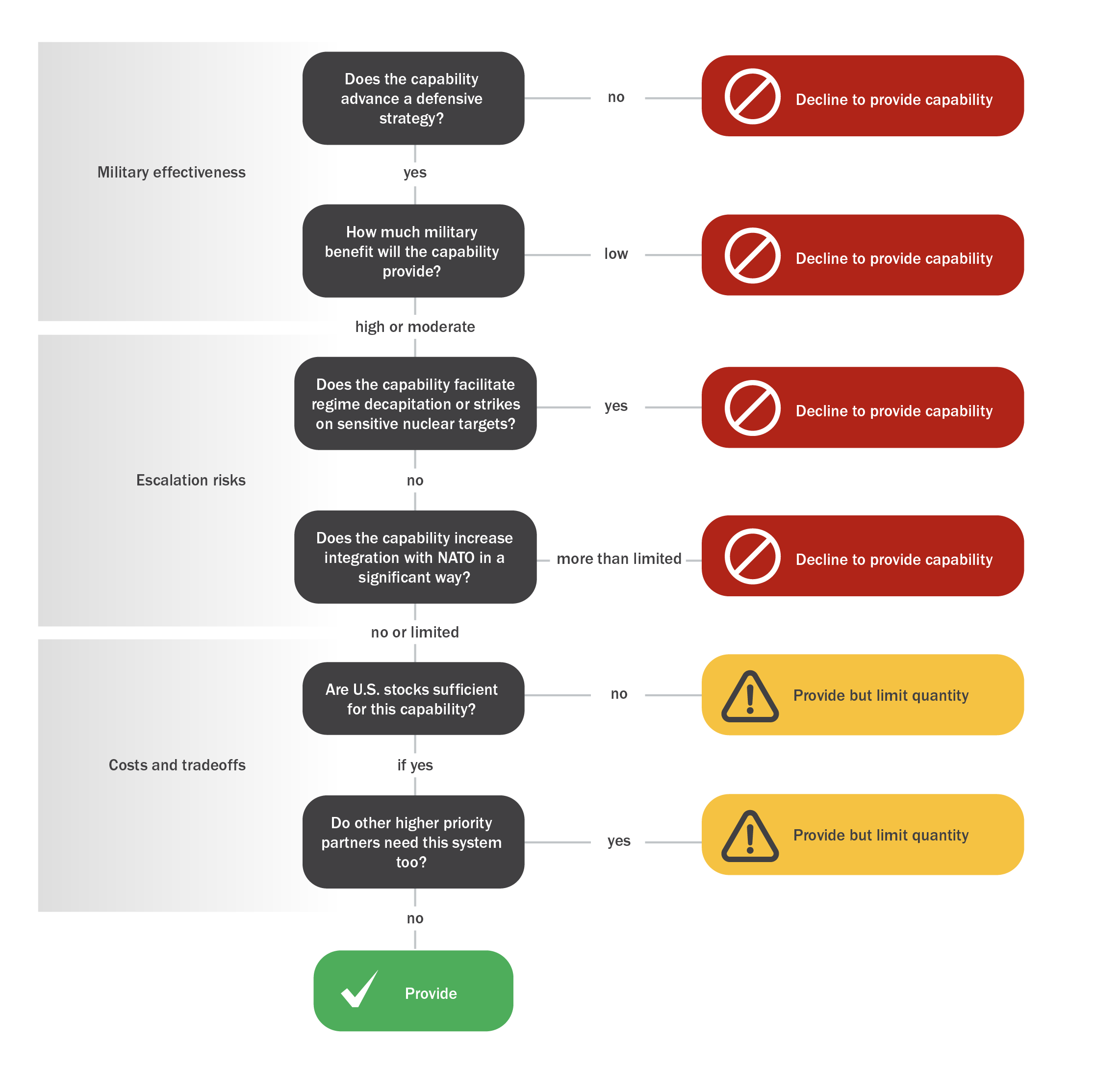
The U.S. should consider (1) military effectiveness, (2) escalation risks, and (3) costs and tradeoffs when assessing Ukraine aid.
Applying the framework
Applying these three criteria will fundamentally reshape future U.S. military assistance to Ukraine in favor of defensive military capabilities. To maximize the effectiveness of this aid, Washington should also push allies to employ a similar set of guidelines and rules. This framework warns against providing Ukraine with aircraft beyond small unmanned aerial systems, any missiles and munitions with range greater than 50 miles, and most tanks and mechanized vehicles. It recommends focusing aid on short-range artillery and limited short-range missile variants, air defense of all kinds (with strict limits on quantity to support other missions), anti-tank mines, the material and equipment to build fortifications, and some armored vehicles for transport.
Critics will fault this approach for constraining aid to Ukraine in volume and type. But unlimited and indefinite aid to Kyiv is not in U.S. interests and would not deliver Ukraine victory even in the best case. Even a defensive approach may not be enough to secure the land Ukraine currently holds, unless this strategic change is made now and alongside a push for diplomacy.
Aircraft and UAS
The United States should push allies to pause F-16 deliveries and limit transfer of aircraft beyond modest quantities of small UAS. In general, aircraft do not serve a defensive strategy, especially fighter jets which are expensive and potentially escalatory. Early warning aircraft support defensive operations but are an escalation risk thanks to the deeper integration with NATO they imply. Small UAS are valuable to a defensive strategy, as air defense or to eliminate advancing Russian forces. However, limited U.S. supply will constrain U.S. support.
Missiles and bombs (air-to-air, air-to-surface, surface-to-surface)
The United States should offer limited quantities of only short-range, high production capacity missiles like JDAMs and GMLRS. Bombs and missiles with ranges over 50 miles have few defensive benefits and high costs and escalation risks (especially with expanded permissions). Low U.S. stockpiles, high demand, and low production rates are additional reasons not to include these in future packages. Stocks of GMLRS, JDAMs, and older AMRAAM variants are less constrained, so some transfers could continue (after considering other partner needs) to slow advancing forces.
Air defense
The United States should supply long- and short-range air defense but will need to split available stocks between Ukraine, other partners, and U.S. forces. Air defense will be essential to a defensive strategy but will also face constraints due to high demand and limited supply. The United States should not supply scarce air defenses like THAAD or Aegis Ashore that would signal deeper integration between Ukraine and NATO. Similar considerations should limit sharing of data platforms like Link 16. The United States should supply air defense missiles of other kinds, for example Patriot, NASAMS, and Stinger missiles, but will need to limit transfer quantities for both launchers and munitions.
Artillery and anti-tank munitions
The United States should concentrate transfers on TOW missiles and older Howitzer artillery systems that face more permissive supply constraints. Ukraine will need artillery and ammunition for its defensive lines. Ukraine has received both Howitzers and HIMARS systems. Neither is particularly escalatory when armed with short-range ammunition, such as TOW missiles or 155mm ammunition rounds. Supplies of these systems and missiles are limited and demand is high. U.S. transfers should lean towards Howitzer systems (especially older ones) and TOW missiles (for HIMARS) where U.S. stocks are deeper. Other types of anti-tank munitions (including Javelins) should be allocated carefully across competing priorities.
Ground maneuver and transport
The United States should transfer armored vehicles for supply and personnel transport only. Tanks, Bradleys, and Strykers are most useful for offensive operations, though in Ukraine their value has been eroded by drones and mines. Ukraine will need armored vehicles, such as the M117 or M113, along with trucks and other support vehicles to facilitate their operations. These are not in short supply and can be provided as needed.
Mines, fortifications, and combat engineering
These capabilities will be at the heart of the defensive strategy and the United States should supply in abundance. Ukraine’s defensive lines will be constructed using mines, concrete fortifications, bunkers, and other barriers. The United States should provide these materials in substantial quantities. They are not in short supply, are easy to manufacture, and are not escalatory.
Maritime
The United States should offer limited additional anti-ship missiles. The U.S. should provide Ukraine with some anti-ship missiles that it can use with the Coastal Defense Systems already received to defend its ports and coasts but supplies of these missiles are limited, so transfers should be small.
Trainers and contractors
The United States should not send trainers or contractors to Ukraine. Trainers and contractors will not help Ukraine overcome its manpower shortages, maintenance challenges, or low personnel skill levels but will increase escalation risk and could pull the United States and NATO directly into the war.
Assessing capabilities for future aid packages
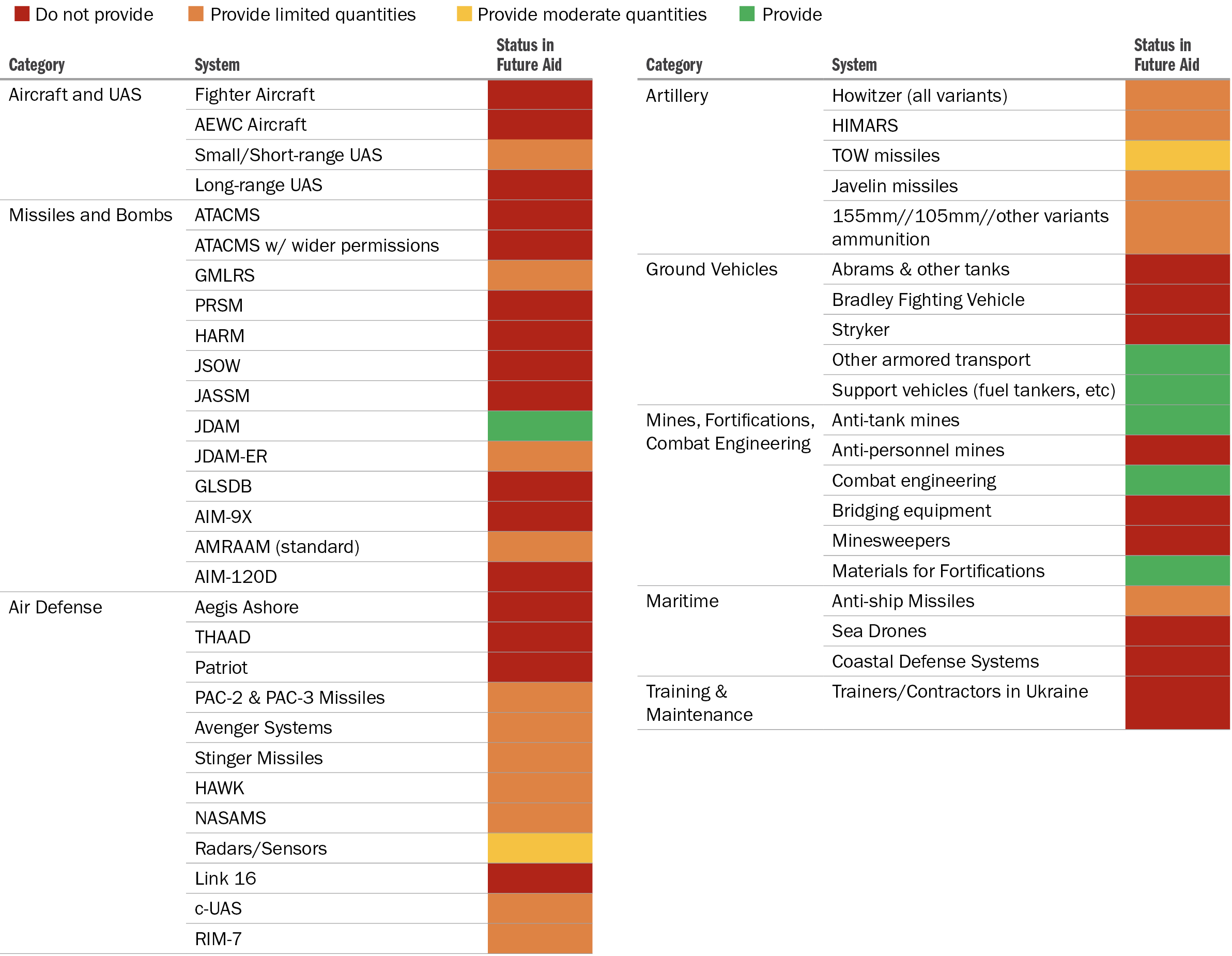
More on Europe
Featuring Daniel Davis
June 2, 2025

Featuring Rajan Menon
May 29, 2025
Events on Ukraine-Russia
